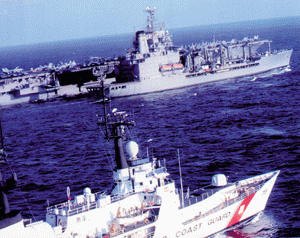- to enhance our security with effective diplomacy and with military forces that
are ready to fight and win - to bolster America’s economic prosperity
- to promote democracy abroad
- to shape the international environment
- to respond to the full spectrum of crises
- to prepare now for an uncertain future

Enduring Requirements
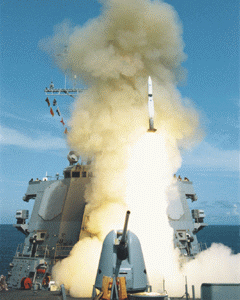
Enduring Need: Forward Presence
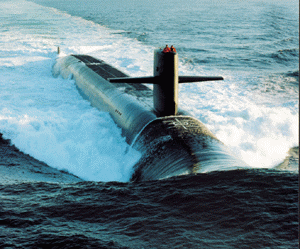
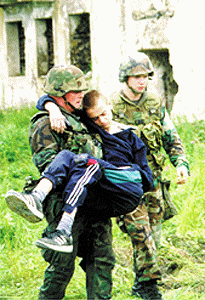
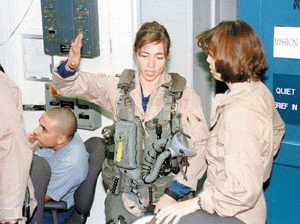
Enduring Attributes of Naval Expeditionary Forces
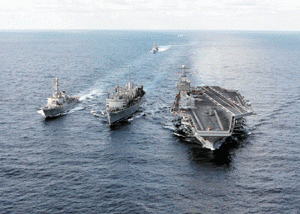
Today’s & Tomorrow’s Naval Revolutions
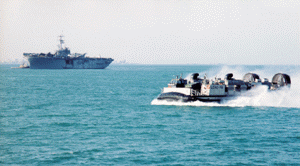
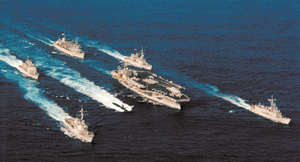
- Dominant Maneuver is the multi-dimensional application of information, engagement, and mobility capabilities to position and employ widely dispersed air, sea, land, and space forces to
accomplish specific tasks.
- Precision Engagement is a system-of-systems that enables our forces to locate the objective or target, provide responsive command and control, generate the desired effect, assess our
level of success, and retain the flexibility to re-engage with precision when required.
- Full-Dimensional Protection is the multi-layered offensive and defensive capability to protect our forces at all levels from adversary attacks while maintaining freedom of action during
deployment, maneuver, and engagement.
- Focused Logistics is the fusion of information, logistics, and transportation technologies to provide rapid crisis response, to track and shift assets even while en route, and to deliver tailored logistics packages and sustainment directly at the strategic, operational, and tactical levels of operation.

- reducing overhead and streamlining infrastructure
- taking advantage of acquisition reform
- outsourcing and privatizing a wide range of support activities when competitive conditions exist
- leveraging commercial/dual-use technologies and open systems
- reducing unnecessary standards and specifications
- using integrated process and product development
- increasing cooperative development and acquisition programs with our allies
Hard Choices
